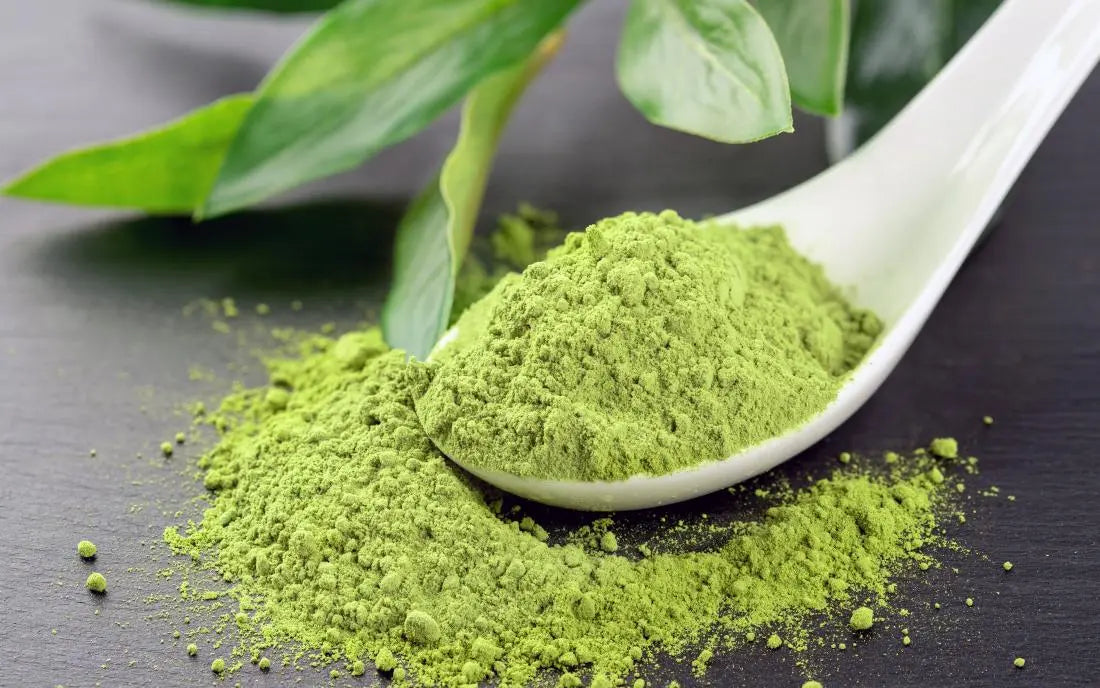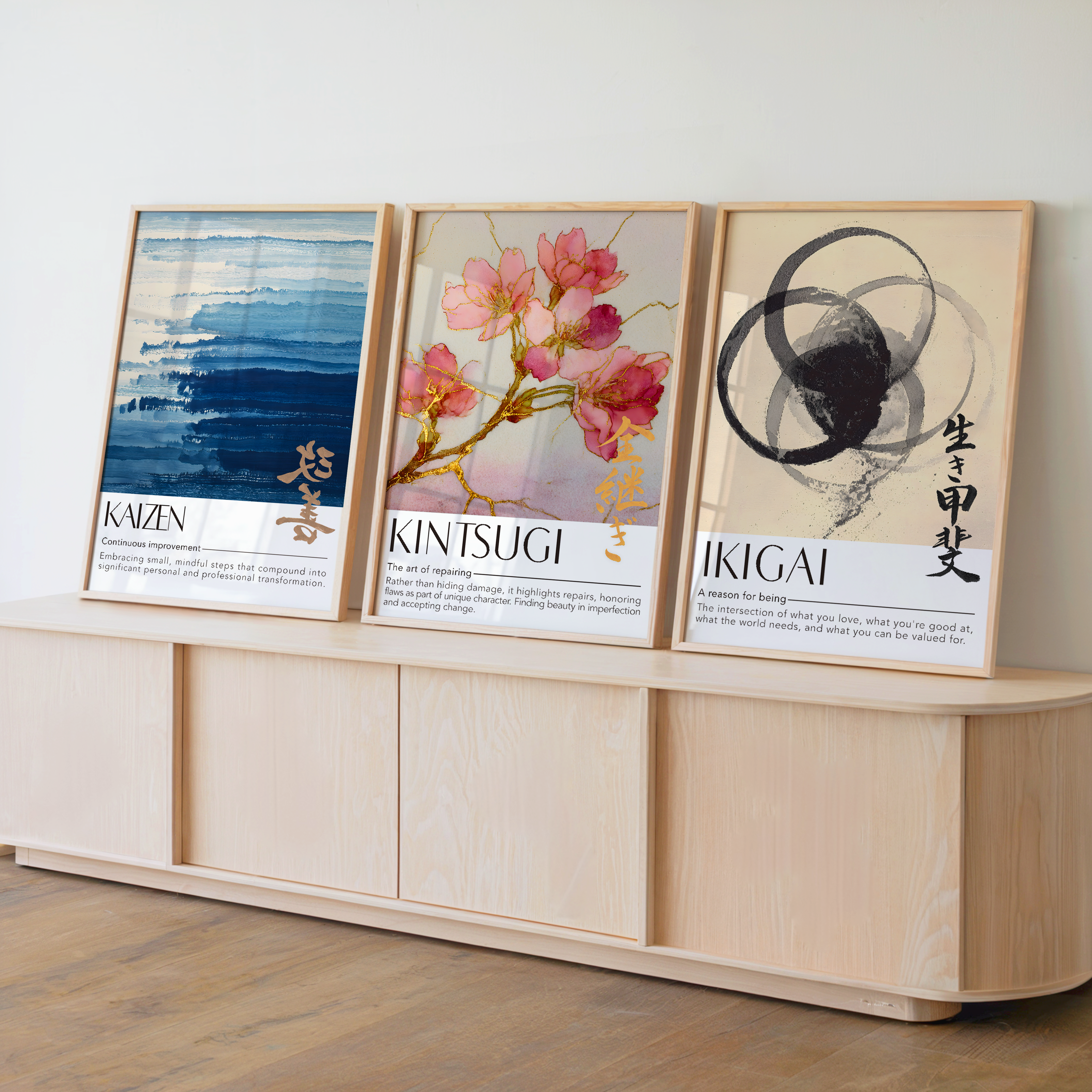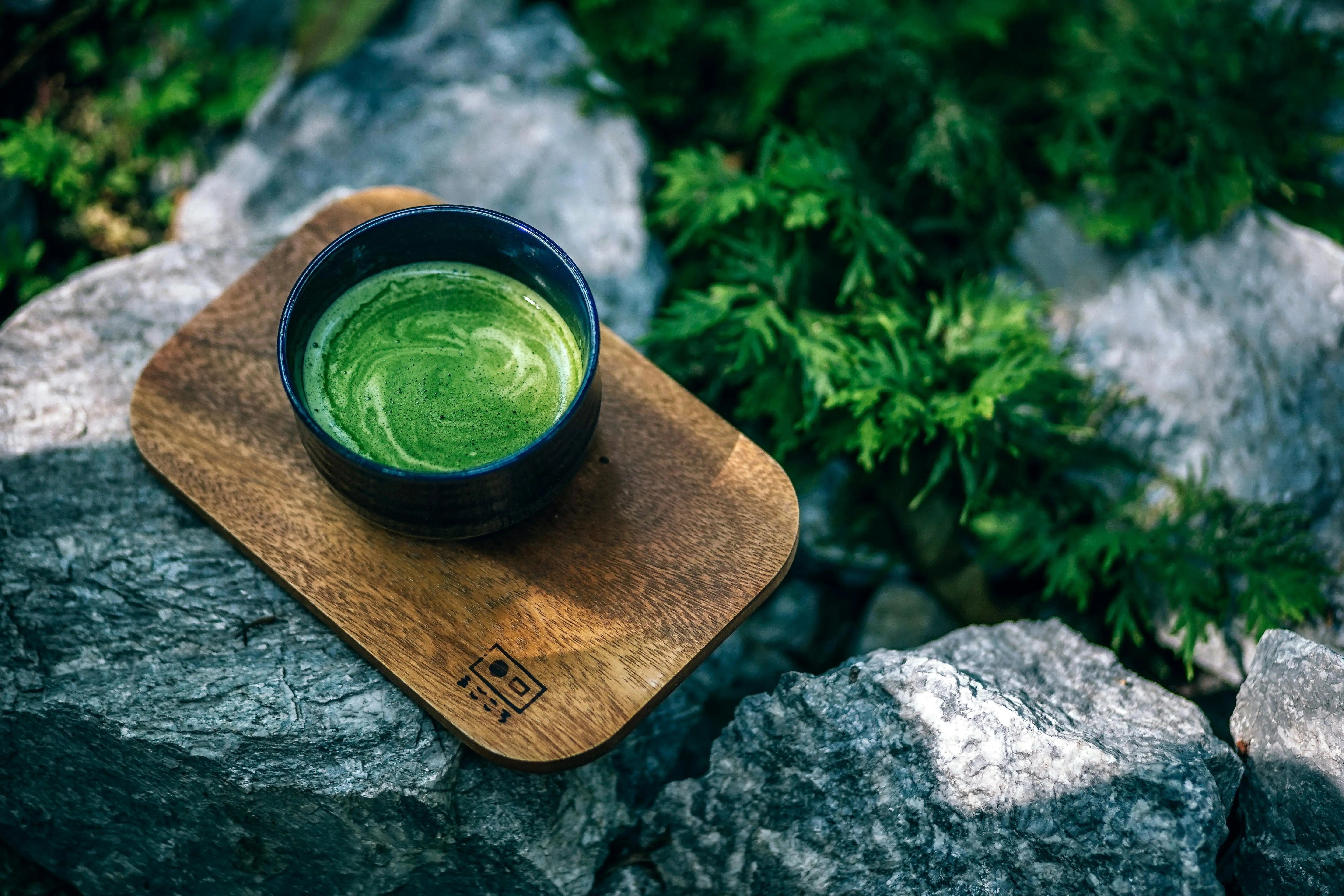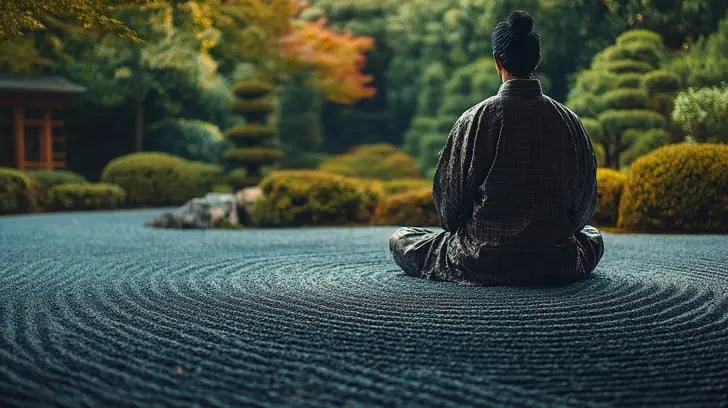
How to Choose the Best Matcha: A Complete Guide to Quality, Flavor, and Health Benefits
Matcha has become a popular superfood in recent years, with its vibrant green color and numerous health benefits. However, not all matcha is created equal. When purchasing the perfect matcha, it’s important to know what to look for to ensure you're getting the highest quality and the most authentic taste. In this guide, we’ll walk you through the key factors to consider when choosing matcha, so you can enjoy the full benefits of this powerful green tea powder.
1. Quality of Matcha: Ceremonial vs. Culinary Grade
When shopping for matcha, one of the first things to consider is the grade of matcha. There are two main types: ceremonial grade and culinary grade.
- Ceremonial Grade Matcha: This is the highest quality matcha available, made from the youngest, most tender leaves of the tea plant. It has a smooth, delicate flavor and is ideal for traditional tea ceremonies or when you want to enjoy matcha on its own.
- Culinary Grade Matcha: This grade is typically used for baking, smoothies, lattes, and other recipes. While it is still high quality, it has a slightly stronger, more robust flavor and may have a slightly bitter aftertaste compared to ceremonial grade.
If you're new to matcha or want to experience the full flavor profile, ceremonial grade matcha is the way to go. However, if you're looking to add matcha to recipes, culinary grade will be more suitable.
2. Color of the Matcha
The color of matcha is an important indicator of its quality. High-quality matcha should have a vibrant bright green color, often described as jade green. This color indicates that the matcha was grown in the shade, which helps preserve its chlorophyll content and gives it a fresh, grassy flavor.
On the other hand, matcha that is dull or yellowish may be of lower quality or older, and it may have a more bitter taste. When purchasing matcha, always look for a rich green color to ensure you're getting the best quality.
3. Origin of the Matcha
Matcha is primarily grown in Japan, and the best matcha comes from regions known for their traditional cultivation methods, such as Uji, Kyoto, and Shizuoka. Japanese matcha is known for its high quality due to the meticulous cultivation and processing techniques used.
Be sure to check the origin of the matcha you're purchasing. Authentic Japanese matcha is typically of higher quality than matcha from other countries, and it ensures that you’re getting the genuine experience.
4. Taste and Aroma
The taste of matcha can vary depending on its quality and grade. High-quality matcha should have a smooth, slightly sweet, and creamy flavor with a subtle umami undertone. If the matcha tastes overly bitter or has a grassy, astringent flavor, it may be of lower quality.
The aroma of matcha is also an important factor. Fresh, high-quality matcha should have a sweet, grassy scent with hints of seaweed or vegetal notes. If the matcha has a stale or musty odor, it may be old or improperly stored.
5. Processing and Grinding Method
Matcha is made by grinding green tea leaves into a fine powder using traditional stone mills. The grinding process is slow and meticulous to preserve the delicate flavor and nutrients of the leaves. High-quality matcha is ground into a fine, smooth powder, which is easy to dissolve in liquids.
If the matcha you’re considering feels gritty or coarse, it may not have been ground properly, affecting both its flavor and texture. Look for matcha that is finely ground to ensure the best experience.
6. Packaging and Storage
Matcha is sensitive to light, heat, and air, which can cause it to lose its flavor and nutrients over time. When purchasing matcha, make sure it comes in airtight packaging that protects it from exposure to these elements. Matcha is typically packaged in foil bags or tins to maintain its freshness.
Once you’ve purchased your matcha, store it in a cool, dark place, away from sunlight, and consume it within a few weeks to enjoy its full flavor and benefits.
7. Price of Matcha
While it’s tempting to go for cheaper options, remember that high-quality matcha requires careful cultivation and processing. Ceremonial grade matcha, in particular, can be more expensive due to the labor-intensive methods used to produce it. However, it’s worth the investment for the superior taste and health benefits.
If you’re on a budget, you can still find good-quality culinary grade matcha at a more affordable price, but be prepared to pay more for the premium, ceremonial grade matcha.
8. Health Benefits of Matcha
Matcha is packed with antioxidants, vitamins, and minerals, making it a powerful addition to your diet. Some of the key health benefits of matcha include:
- Boosts metabolism and aids in weight loss
- Improves focus and concentration
- Enhances mood and reduces stress
- Rich in antioxidants, including catechins
- Supports immune function
Purchasing the perfect matcha is about more than just picking a random product off the shelf. By considering the grade, color, origin, taste, grinding method, and packaging, you can ensure that you’re getting the best matcha possible. Whether you’re sipping it in a traditional tea ceremony or adding it to your favorite recipes, high-quality matcha will provide a rich, flavorful experience and numerous health benefits.
Ready to experience the perfect matcha? Check out our premium selection at House of Koyomi and enjoy the true taste of authentic Japanese matcha.








